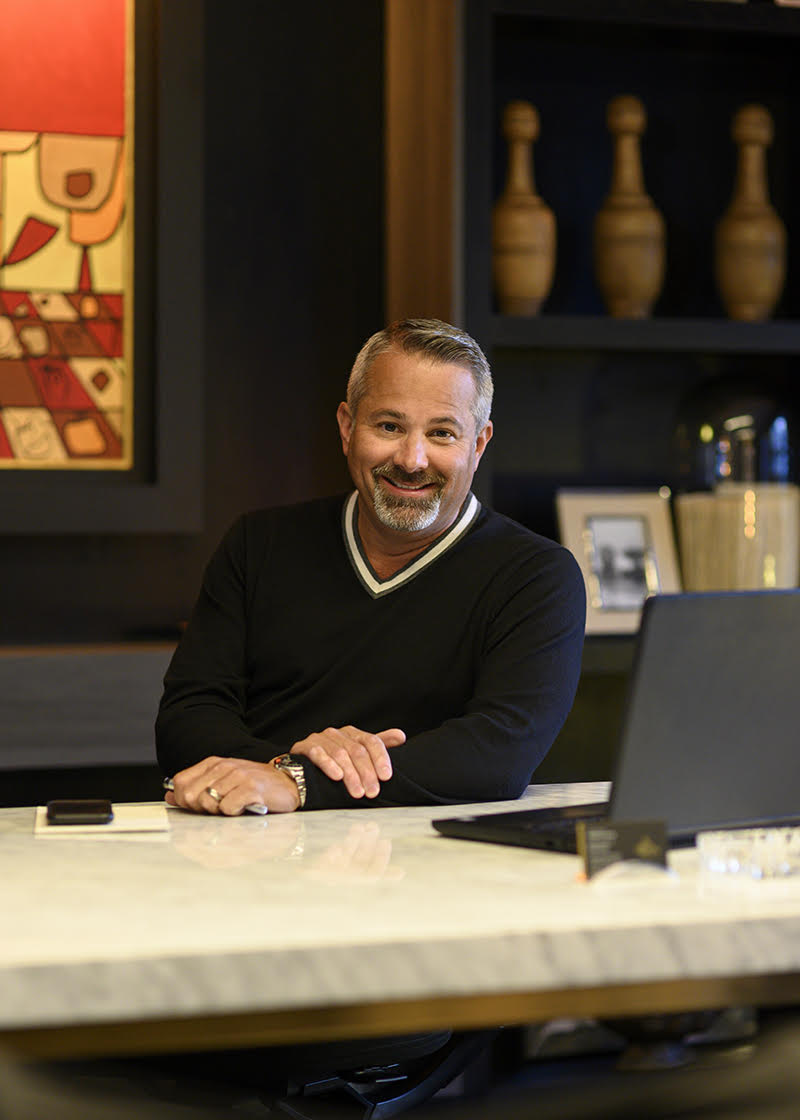// UHealth - Heart Aware
Taking
the Pulse
Coronary heart disease is the leading cause of death in the United States. With an alarming frequency of a coronary event occurring every 25 seconds and a death every minute, it is crucial to take proactive measures to combat this disease. In light of this, the University of Miami Health System partnered with WOW MKTG to develop a comprehensive social media and email awareness campaign during American Heart Month in February.
Cardiac Insight
The primary objective was to promote Heart Risk Assessment and encourage people to undergo calcium screenings, which play a critical role in determining the risk of developing cardiovascular disease, while converting leads into appointments at UHealth. The campaign directed users to a simple online health assessment that was developed to gauge a person's risk of a heart attack. If the results indicated a risk, they became eligible for a low-cost calcium screening. Given the competition during Heart Month and the multi-step process to reach conversion, WOW MKTG was tasked with identifying audiences that would potentially qualify for the calcium screenings and develop a campaign that would resonate with them.

Superior Outcome
Throughout the entire month of February, WOW effectively reached these audiences and generated qualified leads, using social media and a targeted email campaign. The creative content was thoughtfully designed to engage and captivate viewers by featuring a testimonial approach to highlight the benefits of completing the Heart Risk Assessment. To ensure a seamless user experience, a mobile-forward design was implemented on the landing page, available both in English and Spanish, to personalize the journey for each potential patient.The number of calcium screening completions experienced substantial growth in 2023, leading to a remarkable 103% increase and more than doubling patient volume. Furthermore, the University of Miami Health System achieved an impressive calcium screening completion rate of 78%, surpassing the national average of 55%.
103%
increase in screenings
2x
Patient volume
78%
completion rate
vs 55% national average
Case
Studies
More success stories:
Superblue
Homestead Miami Speedway
Budweiser – King of the Cubano
Clover
Sylvester Comprehensive Cancer Center
The Youth Fair
Chapman Partnership
Magellan
DoorDash
Norwegian SOBEWFF
Miami Marlins









